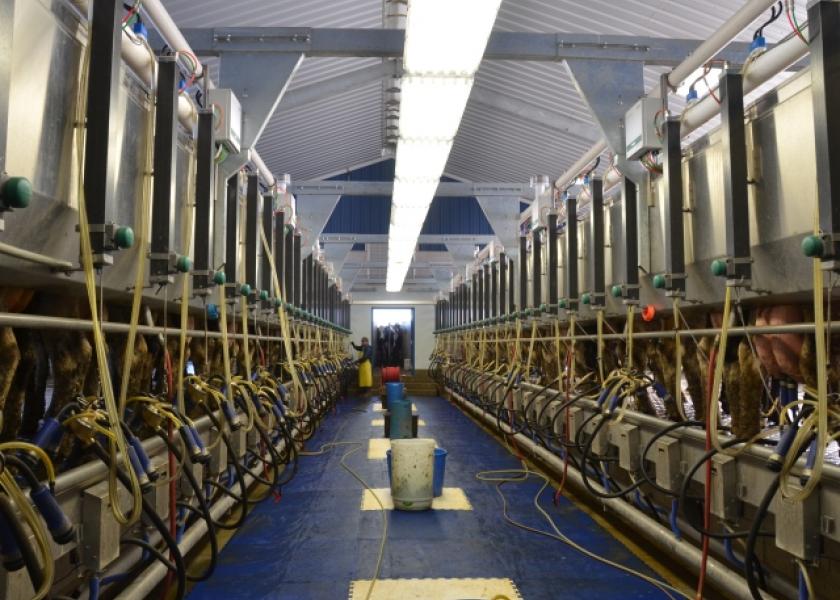National SCC Average Falls to 178,000

In 2020, U.S. dairy herds’ somatic cell count (SCC) averaged 178,000 cells/mL, according to the National Mastitis Council. This is a drop of 9,000 compared to the 187,000 average cells/mL set in 2019. The Council on Dairy Cattle Breeding (CDCB) analyzed test-day data from all herds enrolled in Dairy Herd Improvement (DHI) somatic cell testing (98.4 percent of all DHI herds and 96 percent of DHI cows) to calculate these averages.
Currently, the legal limit for U.S. bulk tank SCC is 750,000 cells/mL for Grade A producers. In 2020, 1.2% of U.S. dairy herds’ test-day SCC exceeded this limit and more than 8% of herds’ average SCC surpassed 400,000 cells/mL.
Tips to Keep SCC Low
According to the University of Minnesota, there are some simple and practical steps you can take to help lower SCC on your farm. These include:
Look at individual cow reports - This can help you pinpoint problem cows and potentially make culling decisions.
Control contagious infections - Move infected cows to a different area of the barn or into a different pen. Keeping these cows separate is crucial to reducing the spread of contagious organisms.
Control environmental infections - Make sure milking equipment is kept clean and spray off any equipment that may get dirty during milking. Taking the time to make sure teats are fully clean will also make a huge difference in the presence of environmental organisms.
Additionally, add more bedding to stalls or packs and change bedding more often. It could be worth it to bed twice a day if you notice cows are getting wet and dirty.







